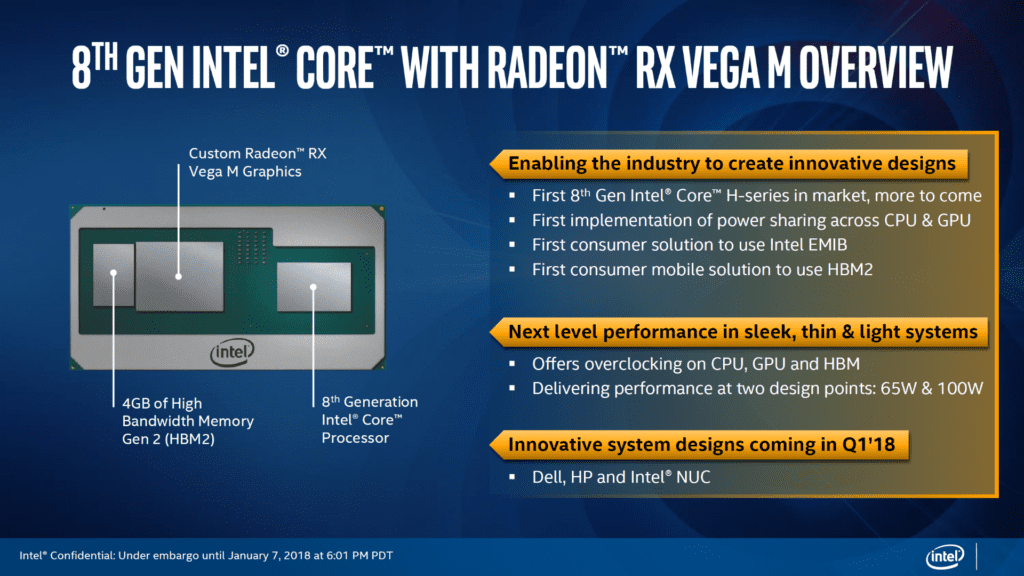Intel has confirmed that they are working on a series of discrete GPUs that they are aiming to release sometime in 2020. As a company that has focused almost entirely on CPUs and storage solutions for a long while now, this is an interesting move on their part. At the same time, though, it really shouldn’t come as too much of a surprise.
With NVIDIA and AMD’s Radeon dominating the vast majority of the GPU space (save for the cases where casual users are happy with Intel’s built-in HD/UHD Graphics), it’s hard not to think that Intel would want to get their own piece of the game. After all, the graphics card market is a pretty lucrative one with three solid sectors to rack up money in: professional servers and work stations, gaming, and cryptocurrency mining. NVIDIA leads the pack in most of these areas right now (although Radeon does have a decent following in the gaming arena and it’s RX 580 cards are quite popular amongst miners, too), but Intel wants to shake things up a bit in coming years.
We already got a taste of things to come earlier this year when Intel released its “Kaby Lake G” series of processors, which featured an 8th Gen i7 CPU paired with a Radeon RX Vega M GPU all on the same die. The chips feature both an “RX Vega M GL” and an “RX Vega M GH,” with the GH being a slightly higher-tier option. Both graphics solutions feature 4GB of HBM2 memory, which is pretty awesome. Overall, performance of the higher-tier “Vega M GH” should be roughly on par with a discrete NVIDIA GTX 1060, which is actually pretty remarkable when you think about it. Basically, with a single dual-purpose chip, you’re getting a system that can run games very well at 1080p (“Full HD”) without the need of adding in a second, larger graphics card. This is perfect for sleek systems and small form-factor options like the Intel NUCs.
This rare partnership between Intel and AMD to produce the Kaby Lake G series happened in large part due to the two company’s mutual desire to take back some of the market from graphics giant NVIDIA. In late-2017, Intel also managed to get Raja Koduri, senior VP and chief architect of the Radeon Technologies Group, to leave AMD and come to work at Intel in the same capacity. Under this light, the partnership makes even more sense. Also, with Kudori at the helm of Intel’s new graphics endeavor, it looks like they will have a very strong developer at the helm of their new project.
It’s worth pointing out that the release of a discrete line of GPUs in 2020 will most likely be aimed at professionals first and foremost. Intel has stated, however, that they have definite plans for gaming GPUs as well. However, whether we will see gaming-focused GPUs also released sometime in 2020 or not will remain to be seen.
Meanwhile, unconfirmed rumors continue to run rampant about the supposedly-upcoming NVIDIA GTX 11 series of graphics cards, all of which point to a potential Q3 2018 release window. AMD, on the other hand, seems to be saving their new RX Navi architecture for Q1 2019.
For those wanting to buy or put together a new gaming-focused system, the next few months should be very interesting!


